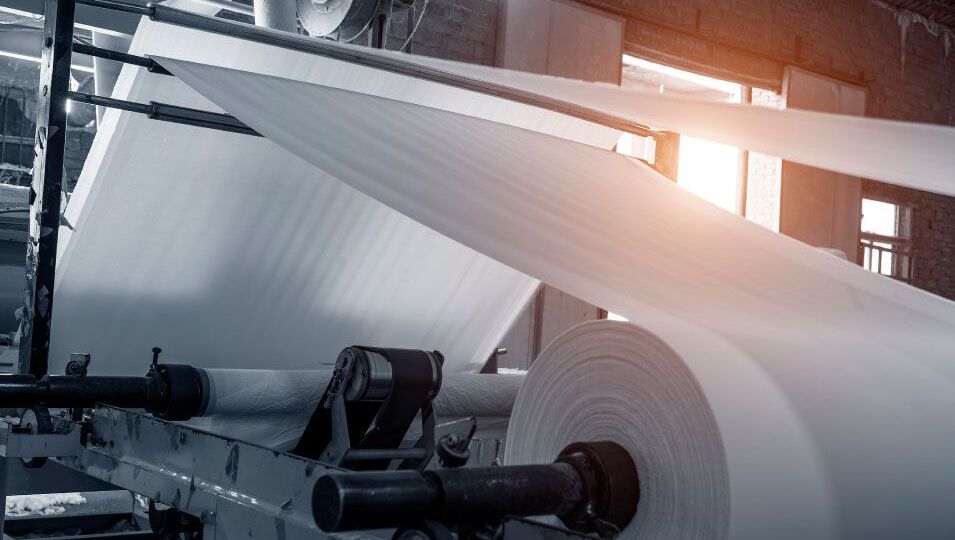Paper mills generate steam to power the facility, but when generating steam, heat (energy) is lost whenever sections of the steam distribution system lose their insulation. Generally, insulation gets removed in and around areas that tend to spring leaks the most: valves, steam traps and fittings. Sometimes, when these leak-prone areas are repaired the insulation that originally covered them is removed and discarded. This leaves them uncovered and losing valuable energy.
Many paper and pulp mills are less than enthusiastic about spending on insulation because their managers are hemmed in by expense projects. Most insulation initiatives are seen as expense projects, not capital, if maintenance teams removed the original insulation for repair work and now want to pay to replace it. Managers who focus on economic returns (instead of budgets) view their expense spend plan more like capital investments.
For paper and pulp mills, the best capital investment is an insulation system that improves steam quality. With properly designed blankets, plant managers can also more efficiently return condensate to boilers. Paper plant managers can achieve efficiency with a thermal barrier that insulates complex steam fittings and hot surfaces typically left untreated. The benefits of insulating in this way are:
- energy savings,
- lowered surface temperatures (i.e., OSHA compliance and lower insurance rates), and
- lowered ambient temperatures.
The key to investing in the right type of insulation is assessing the opportunity through an energy survey, which may include a utility rebate. Customers who buy blankets designed for a specific application and tested against the correct specifications typically see a payback within 24 months or less. We know of a paper mill that saved nearly $500,000 on an investment of approximately $100,000 in reusable insulation blankets each designed specifically for hundreds of steam fittings on its paper machines.
A properly engineered insulation systems should also have the support of sales representatives who have a deep technical knowledge of the process and value that removable and reusable insulation will add to a paper and pulp mill. Understanding the industry, application, and the complementary products to support a plant manager make it possible for the insulation solution to prove its worth.
“Reusable insulation pays for itself, and we showed that through an energy survey,” said an engineering manager at a paper plant using Shannon’s solutions. “The numbers helped us make this an economic-driven decision, not a budget-driven one.”
A quality insulation maker will offer energy survey services, sound testing, in-field measuring services and installation, training, and technical support. Supporting the sale after installation is as important as the sale. When selecting a vendor, choose sales experts who know how to provide a paper and paper mill engineering manager with heat-loss numbers and calculations to define the economics of investing in removable and reusable blankets.
While there are savings across every type of fitting, an engineer or sustainability manager armed with a carefully produced survey can strategically select the opportunities of highest return and present them to a leadership team. With an accurate energy survey, a paper and pulp mill engineering manager can also look at where points of insulation might meet a safety requirement or improve the reliability of equipment. Making reusable blankets for gate valves, strainers, steam ejectors and myriad other applications and paper and pulp mills takes designs that adhere to specifications and tests like ASTM and UL. Designing to these standards allow blanket makers to sell a product that maintenance teams can easily remove and replace to justify an investment in insulation.

